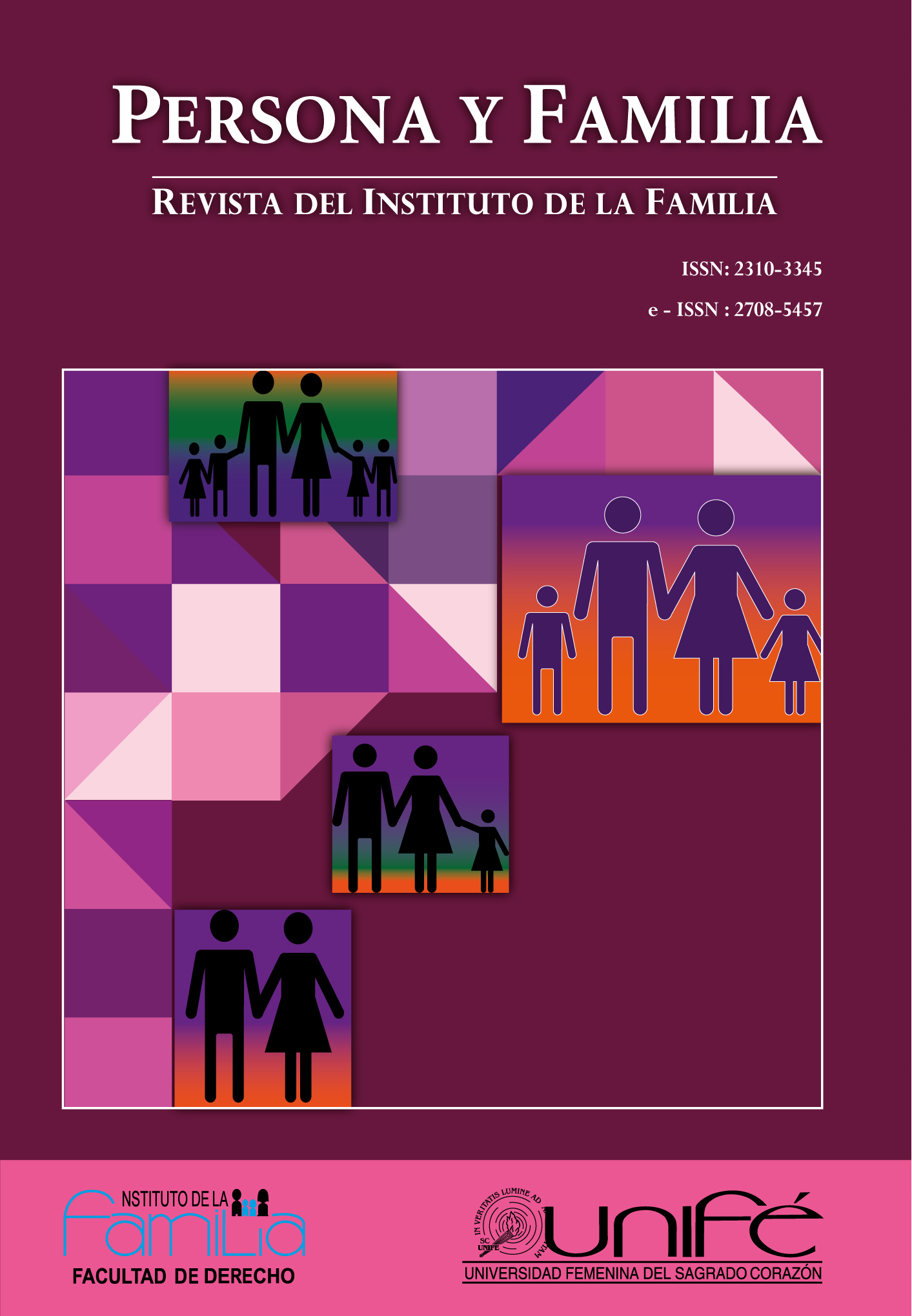Childhood and adolescence in the colombian armed conflict. Forced displacement: approach from legal historicism, institutionalism and comparative law
DOI:
https://doi.org/10.33539/peryfa.2022.n11v1.2564Keywords:
Childhood, adolescence, family, Colombian armed conflict, forced displacement, legal historicism, comparative law, institutionalismAbstract
Children and adolescents (hereinafter, NNA, acronym in Spanish) are groups with special protection needs. They have been affected by the cruel and inhumane events caused by the Colombian armed conflict, particularly by forced displacement-a crime against humanity that threatens a number of human and children’s rights. In this context, the State is responsible for looking after children and adolescents in the country. Failure to discharge this duty could result in the State being punished by the competent international entities within the framework of various treaties and conventions on the rights of children and adolescents, ratified by the National Government. Therefore, this e present legal-dogmatic research with a qualitative approach, aims to answer the following question: Why, despite Colombia’s broad legal framework, is there lack of respect for the conventional obligations to protect the rights of children and adolescents within the armed conflict, especially in cases where children and adolescents have been forcibly displaced by the conflict? In order to find the answer to this question, this article, based on the comparative, historical-contextualist and institutionalist methods, analyzes the texts of international, global and regional legal instruments, and their adoption or adaptation in Colombia, to identify the degree of effectiveness that their implementation.
Downloads
Downloads
Published
How to Cite
Issue
Section
License
Copyright (c) 2022 Henry Valle Benedetti, Doris Mercedes Ortega Galindo, Paula Andrea Cortina Hernández

This work is licensed under a Creative Commons Attribution 4.0 International License.










